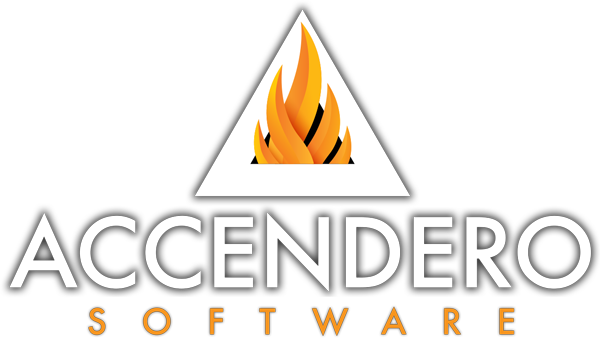Summary
Coming up, we are going to work through a full operations stack (ERP, BPM/PCM, Document repository) for a variety of companies. You can check out the following whitepaper for a description of the full operations stack: Operations software demystified. These example companies are not real themselves but mirror real companies and real experiences from our past. The purpose of this post is to introduce our model companies and their needs with respect to the first stack category, which is ERP. A common theme that should become obvious is that even though the two companies are dramatically different, the problem space in their operations stack strongly resembles one another. In the not too distant future, we will start walking through ERP customization for both of them.
Ye Olde Book Store
Ye Olde Book Store is a hybrid brick and mortar and ecommerce bookstore with a handful of employees handling multi-channel sales and fulfillment.
ERP-related requirements:
- Employees can track inventory across a variety of fulfillment services.
- Employees can sell inventory locally using a point of sale system.
- When inventory is sold in any system, it needs to be updated across all systems.
- When inventory is purchased, it needs to be updated across all systems.
- Employees can print postage and ship requested inventory.
- Management can track and manage payroll and payroll taxes.
The key challenge for Ye Olde Bookstore in setting up a complete ERP stack is cost-effectively syncing inventory between various sales channels, which do not communicate, and maintaining a single source of truth.
Sample Corp.
Sample Corp. is an early stage clinical diagnostic discovery company. The revenue generating portion of the company is a CLIA-type laboratory, which processes patient clinical samples and provides a diagnostic report to either requesting medical facilities or partner pharmaceutical companies. To fulfill CLIA requirements, the laboratory is run under a rigorous Good Clinical Laboratory Practice (GCLP) quality management system. Sample Corp. has around 60 employees. 20 employees are in the clinical laboratory and the other 40 employees are research, development, sales or corporate management personnel.
ERP-related requirements:
- HR can manage payroll and payroll related expenses.
- Management can track laboratory revenue and expenses.
- Lab employees can request purchase orders for laboratory reagents and equipment.
- Lab employees can receive samples and enter sample information in CLIA/HIPAA conforming database.
- Lab employees can receive laboratory reagents and track quantities and locations.
- Inventory tracking software will appropriately connect with non-ERP process control software.
The key challenge for Sample Corp. in setting up a complete ERP stack is connecting financial tracking and visibility to process control (BPM/PCM). We will continue to discuss this as we get to the BPM/PCM portion of the stack.
Conclusion
In the coming weeks, we will start working through the operations stack for our two example companies. Stay tuned.
